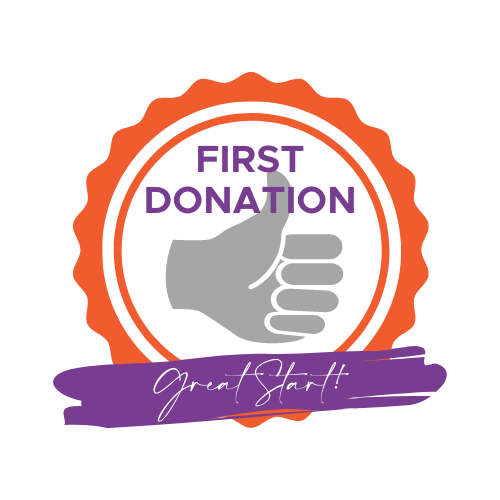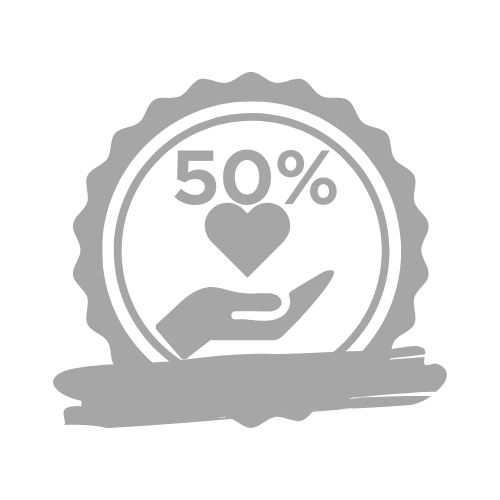I am hosting a fundraiser to Make March Purple for epilepsy
Every 33 minutes a life is turned upside down by epilepsy.
I am raising funds for Epilepsy Queensland to ensure the epilepsy helpline can continue to answer every call for help. Did you know that up to 90% of Australians with epilepsy do not feel they have access to the support they need to live well with the condition? By supporting my fundraiser you will make a real difference.
Thank you!
My Achievements








My Updates

2024
Friday 2nd Feb Been a busy 2024 already,
Strand purple day
Saturday 25th Mar Heading to the strand for the 26th with the family. Will have a stall set up with some drinks.
Dravet Syndrome
Friday 10th FebThank you to my Sponsors

$45
Townsville Members

$80
Members Of The 4 Health Battalion

$63.30
Liam Frye

$26.38
Terri Anne
For my nephew who continues to thrive and be a joyous loving boy Harry despite all of the challenges he faces due to his medical condition - dravet syndrome.

$10.55
Jia Zhang

$26.38
Phuong Pattison

$26.38





